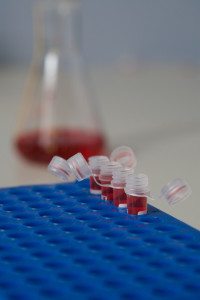I can’t thank you enough for your excellent participation in a landmark meeting “Saving a Million Hearts.” The structure was an experiment that we definitely want to repeat, and it reminds us again about the quality of our membership and attendees.
Here is one more resource:
Dear Dr. Bernhoft,
I am pleased to let you know that your article has been published in its final form in the “Journal of Environmental and Public Health:”
Robin A. Bernhoft, “Mercury Toxicity and Treatment: A Review of the Literature,” Journal of Environmental and Public Health, vol. 2012, Article ID 460508, 10 pages, 2012. doi:10.1155/2012/460508.
You may access this article from the Table of Contents of Volume 2012, which is located at the following link:
http://www.hindawi.com/journals/jeph/contents/
Alternatively, you may directly access your article at the following location:
http://www.hindawi.com/journals/jeph/2012/460508/
“Journal of Environmental and Public Health” is an open access journal, meaning that the full-text of all published articles is made freely available on the journal’s website with no subscription or registration barriers.
Best regards,
Noha Hany
Journal of Environmental and Public Health
Hindawi Publishing Corporation.
http://www.hindawi.com

